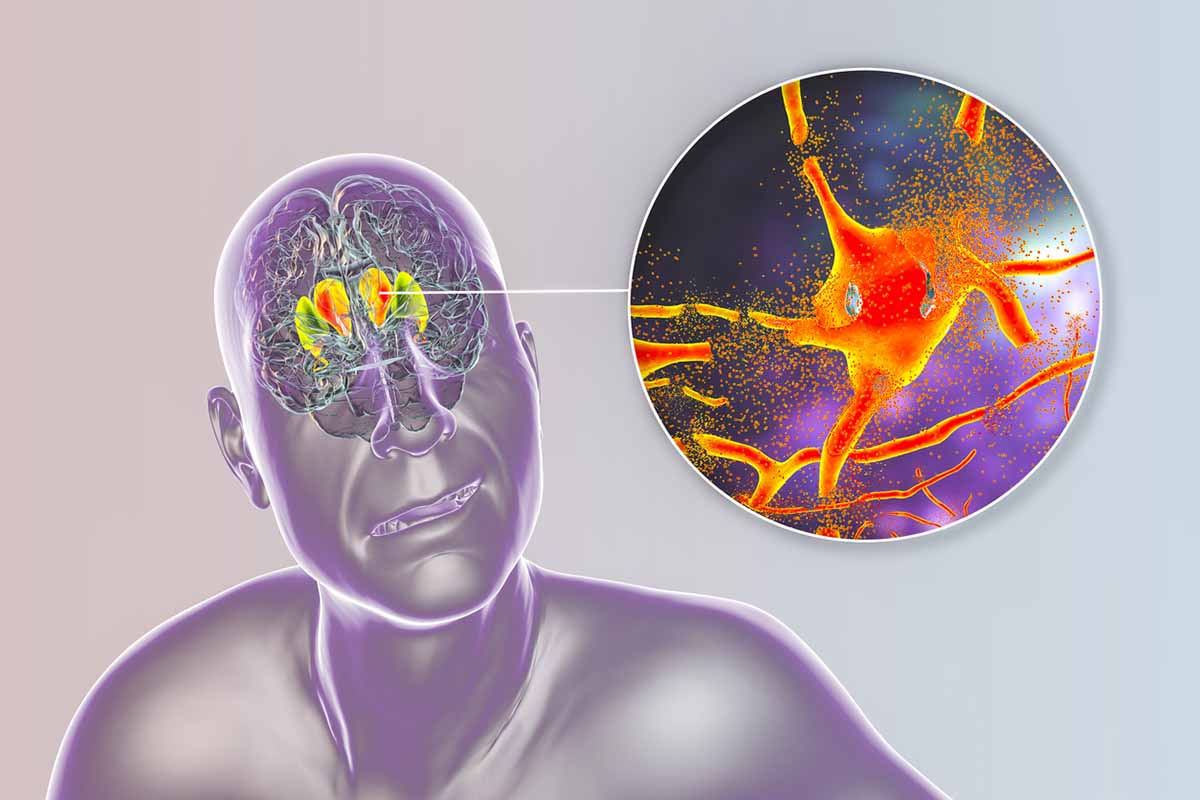Narcolepsy Presenting as Pseudoseizures
To the Editor: Symptoms affecting voluntary motor or sensory systems that are organically unexplainable are commonly diagnosed as “conversion” symptoms, especially if the patient also has psychological stress. Patients who receive a diagnosis of conversion disorder may have an organic disease that explains their symptoms. A systematic review of misdiagnosis of conversion symptoms and “hysteria” revealed that a misdiagnosis rate of 29% in the 1950s improved to a 4% rate since the 1970s.1 I present a case report of narcolepsy as a disorder that can be misdiagnosed as conversion disorder with seizures or convulsions (pseudoseizure).
Case report. Ms A, a 27-year-old white woman with a past medical history of migraines and major depressive disorder, presented to psychiatry clinic in 2007 for treatment of pseudoseizures. Prior to presentation, she had consultations with neurologists, psychiatrists, a cardiologist, and her general practitioner that resulted in an elaborate medical workup, including cardiac electrophysiology monitoring and inpatient video electroencephalogram. At presentation, the patient endorsed daytime sleepiness, sleep paralysis, and hypnagogic and hypnopompic hallucinations suggestive of narcolepsy. She was referred to a sleep clinic and was diagnosed with narcolepsy after clinical evaluation, polysomnogram, and a multiple sleep latency test. Treatment of narcolepsy was started with significant improvement in symptoms.
Cataplexy is triggered by emotions that many consider “hysteric” and may be interpreted as “fainting” or “seizure” spells. Failure rates among physicians for diagnosing narcolepsy are high: neurologists 45%, internists 76.5%, general practitioners 78.1%, psychiatrists 88.9%, and pediatricians 100%.2 Common misdiagnoses included neurotic disorders, depression, personality disorders, and adjustment reactions. Narcolepsy classically presents with excessive sleepiness, cataplexy, sleep paralysis, and hypnagogic hallucinations.3 Diagnosis is based on clinical history and confirmed after polysomnogram and a multiple sleep latency test. A multiple sleep latency test with short mean sleep latency and rapid eye movement sleep after 2 or more naps is highly suggestive of narcolepsy.4
Despite improvements in diagnosing conversion disorder, physicians should be mindful that an estimated 1 in 25 patients are misdiagnosed.1 A patient with conversion disorder and excessive daytime sleepiness, cataplexy, sleep paralysis, or hypnagogic hallucinations may suffer from narcolepsy. Narcolepsy is estimated to occur in 0.03%-0.16% of the general population.3 Cataplexy with excessive daytime sleepiness is almost unique to narcolepsy.5 However, cases of cataplexy being diagnosed as psychiatric issues such as conversion disorder and malingering and psychosis are known.6 Referral to a sleep specialist for polysomnogram and multiple sleep latency test to objectively evaluate narcolepsy is warranted.
References
1. Stone J, Smyth R, Carson A, et al. Systematic review of misdiagnosis of conversion symptoms and “hysteria”. BMJ. 2005;331(7523):989. PubMed doi:10.1136/bmj.38628.466898.55
2. Kryger MH, Walid R, Manfreda J. Diagnoses received by narcolepsy patients in the year prior to diagnosis by a sleep specialist. Sleep. 2002;25(1):36-41. PubMed
3. American Sleep Disorders Association. International Classification of Sleep Disorders, Revised: Diagnostic and Coding Manual. Rochester, MN: American Sleep Disorders Association; 1997.
4. Mahowald MW, Cramer Bornemann MA. Sleep disorders: case studies. Neurol Clin. 2006;24(2):267-289. PubMed doi:10.1016/j.ncl.2006.01.010
5. Wise MS. Narcolepsy and other disorders of excessive sleepiness. Med Clin North Am. 2004;88(3):597-610. PubMed doi:10.1016/j.mcna.2004.02.001
6. Krahn. Reevaluating spells initially identified as cataplexy. Sleep Med. 2005;6(6):537-542. PubMed doi:10.1016/j.sleep.2005.04.006
Author affiliations: Department of Psychiatry, Department of Internal Medicine, Brody School of Medicine at East Carolina University, Greenville, North Carolina.
Potential conflict of interest: None reported.
Funding/support: None reported.
Published online: March 04, 2010 (doi:10.4088/PCC.09l00793whi).
Prim Care Companion J Clin Psychiatry 2010;12(2):e1
© Copyright 2010 Physicians Postgraduate Press, Inc.




